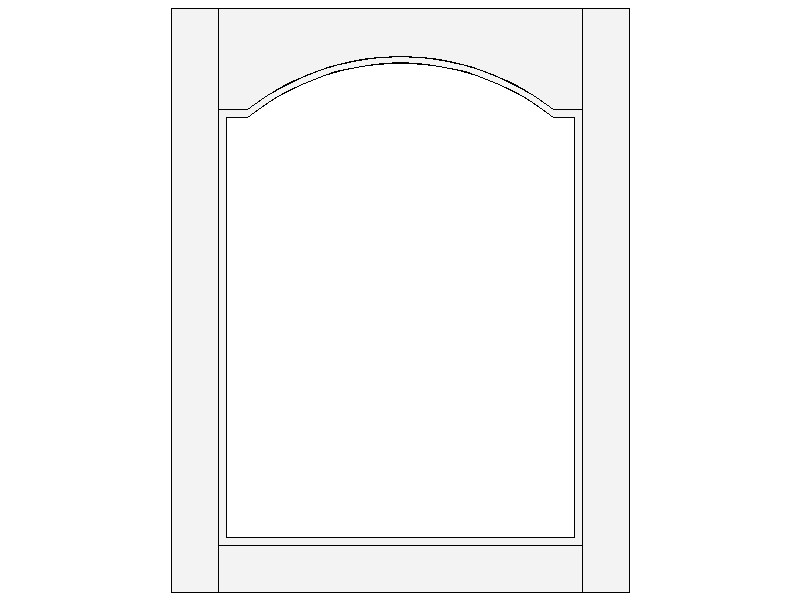Question
I'm bidding a job using ipe. How hard is it on steel molder knives?
Forum Responses
(Architectural Woodworking Forum)
From contributor R:
Ipe really is some hard stuff. Not as bad as purple heart, but really hard. Some people are allergic to it (the dust, that is). Itís great for bows. Trying to seal it or glue it is hard due to it being so oily. It dulls any blade it touches.
Ipe is heavy, brittle, notoriously unstable and glue-resistant. It also leaves nasty little splinters which tend to infect and irritate the skin. The fine sawdust is rumored to be both toxic and allergenic.
In the yacht business, ipe is sometimes touted as a viable substitute for teak... This is bull and those who replace teak trim with ipe will learn the truth the hard way (I did).
Ipe is icky but also very beautiful and yes, incomparably hard. The sustainability of ipe (I suspect) is due to its natural resistance to woodworkers. I charge a substantial premium for ipe orders (large or small).
Contributor J was, in my opinion, being kind in his well stated assessment. I have worked all domestic and most exotic woods over 34 years of millwork. I have several favorite woods by degrees, but now only one truly awful, despised and useless, bottom of the list hated wood.
I believe Satan's throne must be made of ipe, as it already smells like a blast from Hell.
What I find interesting is how those that have no experience with the actual work (as a verb) are the ones that get over-excited by some isolated characteristic and think they are on to some great new thing. This, while the voices of experience get ignored or drowned out.
With denser woods, it is important to adjust the knife angles of a planer, as the setting for pine or oak would not be very good - hence, you hear lots of complaints that reflect trying to process ipe like one would process oak. Because of the high density, screwing should use pilot holes that are about 90% of the screw's root diameter. With heavier chips, you also may need to have a hefty dust system.
You also need more power for the planer motor. If short on power, then the feed is slowed which means more rubbing, which means faster dulling.
